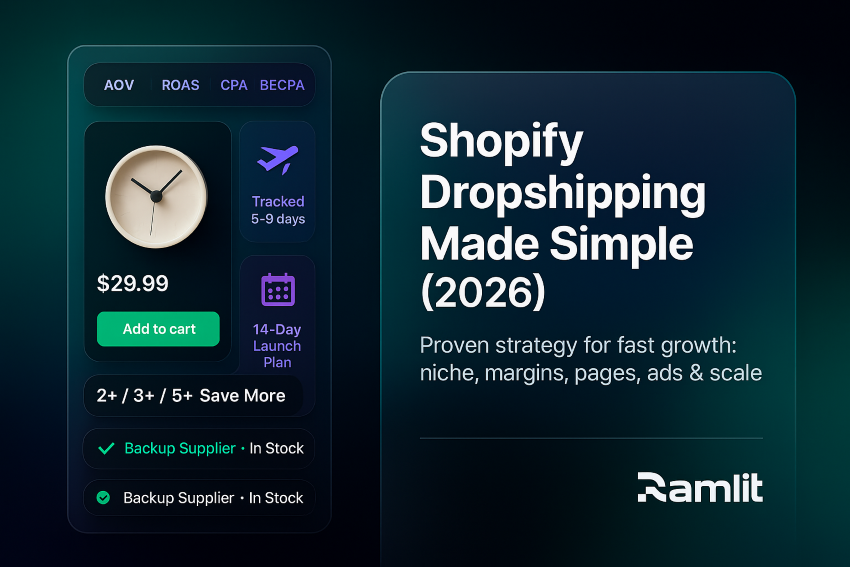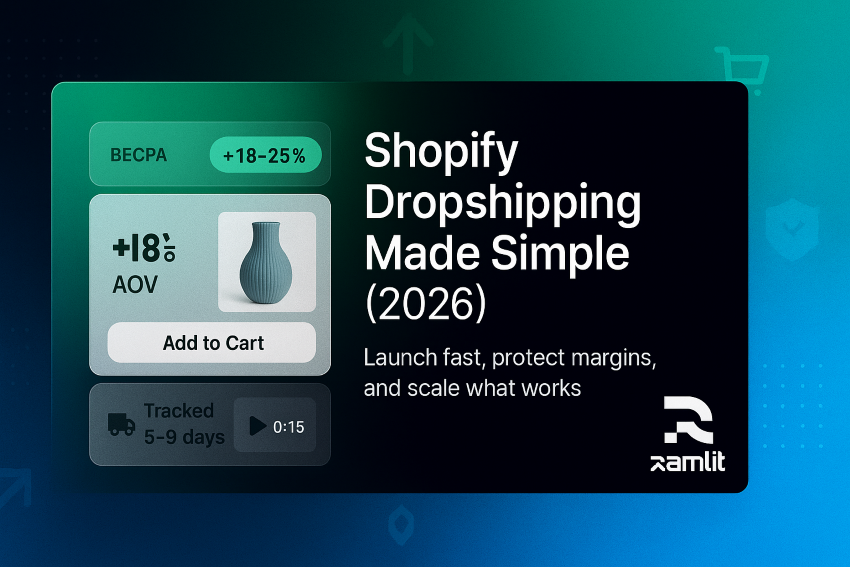Introduction
Imagine running your business with fewer repetitive tasks, faster decision-making, and real-time insights that actually move the needle. Welcome to the world of AI-driven automation.
In today’s hyper-competitive digital landscape, businesses are drowning in operational complexity. From managing customer service to streamlining supply chains, the pressure to do more with less is relentless. That’s where artificial intelligence (AI) meets automation—a powerful duo transforming how companies operate, scale, and innovate.
In this article, we’ll unpack how AI-driven automation is reshaping modern business operations, the key benefits you can expect, real-world use cases, and how to begin your transformation without overwhelm.
Let’s dive in.
What Is AI-Driven Automation?
AI-driven automation refers to the use of artificial intelligence technologies—like machine learning, natural language processing (NLP), and computer vision—to perform tasks typically requiring human intelligence. When combined with robotic process automation (RPA), it allows businesses to automate complex, decision-based workflows at scale.
Traditional Automation vs. AI-Driven Automation
| Feature | Traditional Automation | AI-Driven Automation | | ------------------------- | ---------------------- | --------------------------- | | Rule-Based | Yes | No | | Learns & Improves | No | Yes | | Handles Unstructured Data | Limited | Advanced capabilities | | Adapts to Changes | Poor | Excellent | | Example Use Case | Invoice processing | Predictive customer support |
Why AI-Driven Automation Matters Now
1. Digital Overload is Real
Organizations are managing more data, tools, and systems than ever. Manual handling is no longer scalable.
2. Customer Expectations are Sky-High
AI automation enables personalized, 24/7 service that matches or exceeds human support.
3. Operational Efficiency is a Competitive Edge
Reducing friction in workflows directly boosts margins and growth.
4. Labor Shortages & Talent Gaps
AI fills gaps in repetitive or technical tasks without needing constant human intervention.
5. The Technology is Ready
Thanks to cloud computing, APIs, and accessible AI platforms, businesses of all sizes can now adopt these tools affordably.
Key Areas Where AI-Driven Automation Enhances Operations
1. Customer Service & Support
- Chatbots & Virtual Assistants: AI-powered chatbots can resolve customer queries instantly, reducing wait times and freeing up human agents.
- Sentiment Analysis: NLP tools detect customer emotions, enabling smarter escalation and retention strategies.
Example: Sephora uses AI chatbots to recommend products based on customer preferences, significantly boosting sales.
2. Sales & Marketing Automation
- Lead Scoring: AI analyzes behavior and demographics to prioritize high-potential leads.
- Personalized Campaigns: Machine learning tailors email, ad, and content strategies to user behavior.
Example: HubSpot's AI tools boost lead engagement by 30% using predictive personalization.
3. HR & Talent Management
- Resume Screening: AI scans and shortlists candidates based on job fit.
- Employee Onboarding: Automated workflows manage training and documentation.
Example: Unilever reduced hiring time by 75% using AI to screen video interviews.
4. Finance & Accounting
- Fraud Detection: Machine learning algorithms flag suspicious transactions in real-time.
- Automated Bookkeeping: AI tools handle expense categorization, reconciliation, and reporting.
Example: Mastercard uses AI to analyze transactions and detect fraud with 99% accuracy.
5. Supply Chain & Inventory Management
- Demand Forecasting: AI predicts purchasing trends to optimize stock levels.
- Logistics Optimization: Automates route planning and warehouse management.
Example: Amazon leverages AI-driven robotics and predictive analytics to streamline its massive supply chain.
6. IT & Cybersecurity
- Anomaly Detection: AI monitors networks for unusual behavior.
- Automated Threat Response: Reduces incident response time from hours to seconds.
Example: IBM’s QRadar platform uses AI to identify and contain cyber threats in real time.
How to Get Started with AI Automation (Without Overwhelm)
Step 1: Identify High-Impact Areas
Look for repetitive, rules-based tasks that eat up employee time. Prioritize areas with clear ROI.
Step 2: Choose the Right Tools
Popular platforms include:
- UiPath: Great for RPA + AI workflows
- Zapier + OpenAI: No-code automation with AI chat capabilities
- Salesforce Einstein: AI-powered CRM
- Jasper AI: Marketing content automation
Step 3: Start Small & Scale
Pilot a solution in one department, measure success, and expand incrementally.
Step 4: Involve the Right People
Include IT, operations, and end-users early. Address fears of job loss with transparent communication.
Step 5: Measure & Iterate
Track metrics like time saved, cost reduction, accuracy improvements, and customer satisfaction.
Addressing Common Concerns
“Will AI Replace My Team?”
No. AI enhances human potential. It takes over repetitive work, allowing your team to focus on strategy, creativity, and relationship-building.
“Isn’t AI Too Expensive?”
Not anymore. Cloud-based, subscription models and open-source tools make AI accessible even to small businesses.
“We Don’t Have AI Experts on Staff.”
That’s okay. Many platforms are low-code or no-code. Plus, you can partner with vendors or consultants to get started.
Quick Takeaways: Benefits of AI-Driven Automation
- ✅ Save time and reduce operational costs
- ✅ Increase accuracy and reduce human error
- ✅ Improve customer experiences
- ✅ Boost employee satisfaction and retention
- ✅ Gain a competitive edge in your industry
- ✅ Future-proof your business for ongoing disruption
Call to Action (CTA)
Ready to modernize your business operations and unlock exponential growth?
Start exploring AI-driven automation solutions today. Whether you’re a startup or an enterprise, there's a scalable option to fit your needs.
Need help getting started? Book a free AI-readiness consultation with our automation experts now.
[https://www.fiverr.com/s/389GPpm]
Frequently Asked Questions (FAQ)
1. What industries benefit most from AI-driven automation?
Almost every industry, from retail and healthcare to finance and logistics, is seeing transformational impact. The key is identifying your business's unique automation opportunities.
2. Is AI automation safe for sensitive data?
Yes, when implemented with proper security protocols and encryption. Choose vendors with strong compliance standards (GDPR, HIPAA, etc.).
3. How long does it take to implement an AI automation solution?
It depends on scope, but many companies see results within 4–8 weeks for small-to-mid scale rollouts.
4. Do I need to train the AI myself?
Most tools come pre-trained or with guided learning features. However, some level of data input and supervision improves accuracy over time.
5. Can small businesses afford AI-driven automation?
Absolutely. Many tools now offer affordable, pay-as-you-go pricing models perfect for SMBs.




